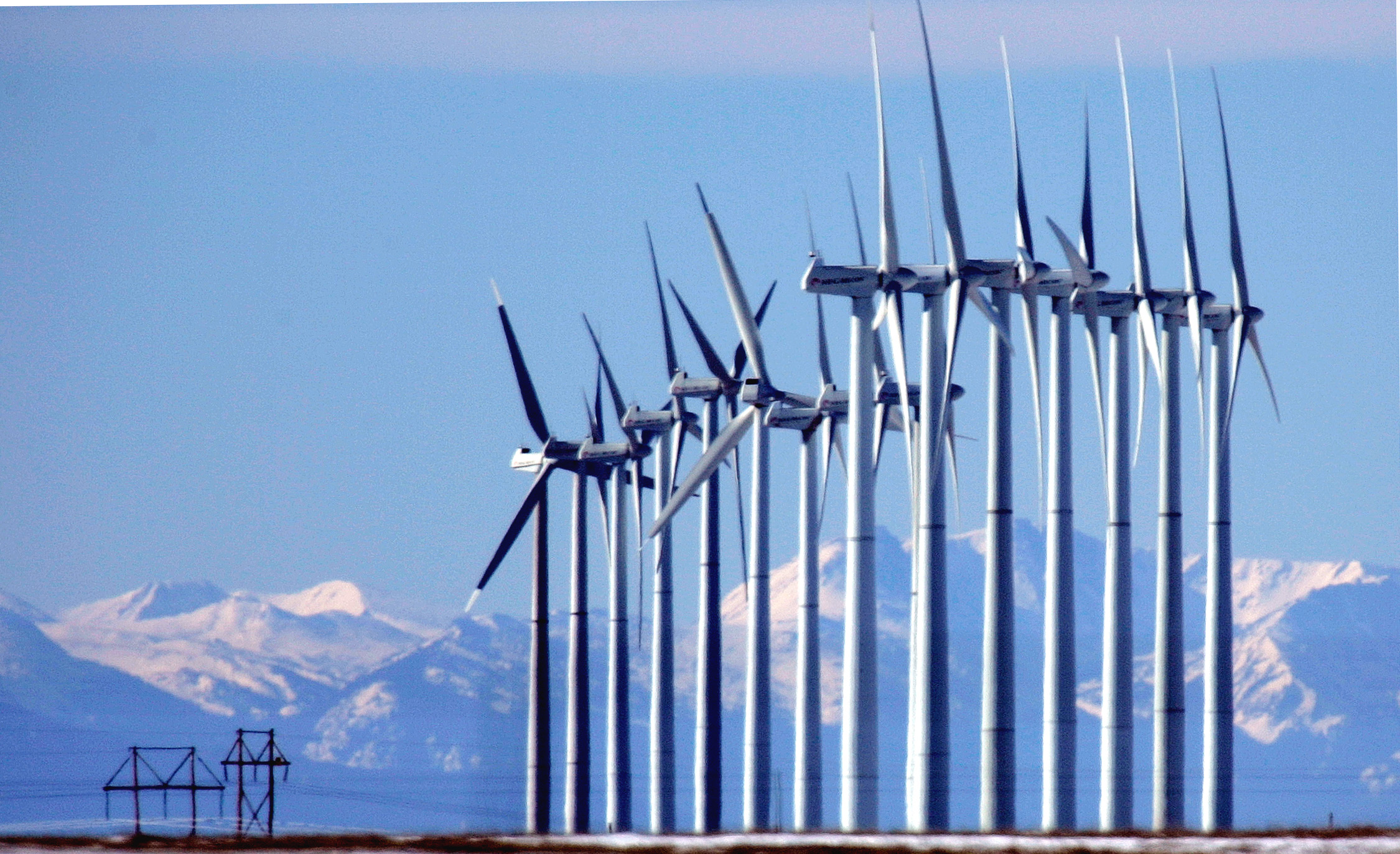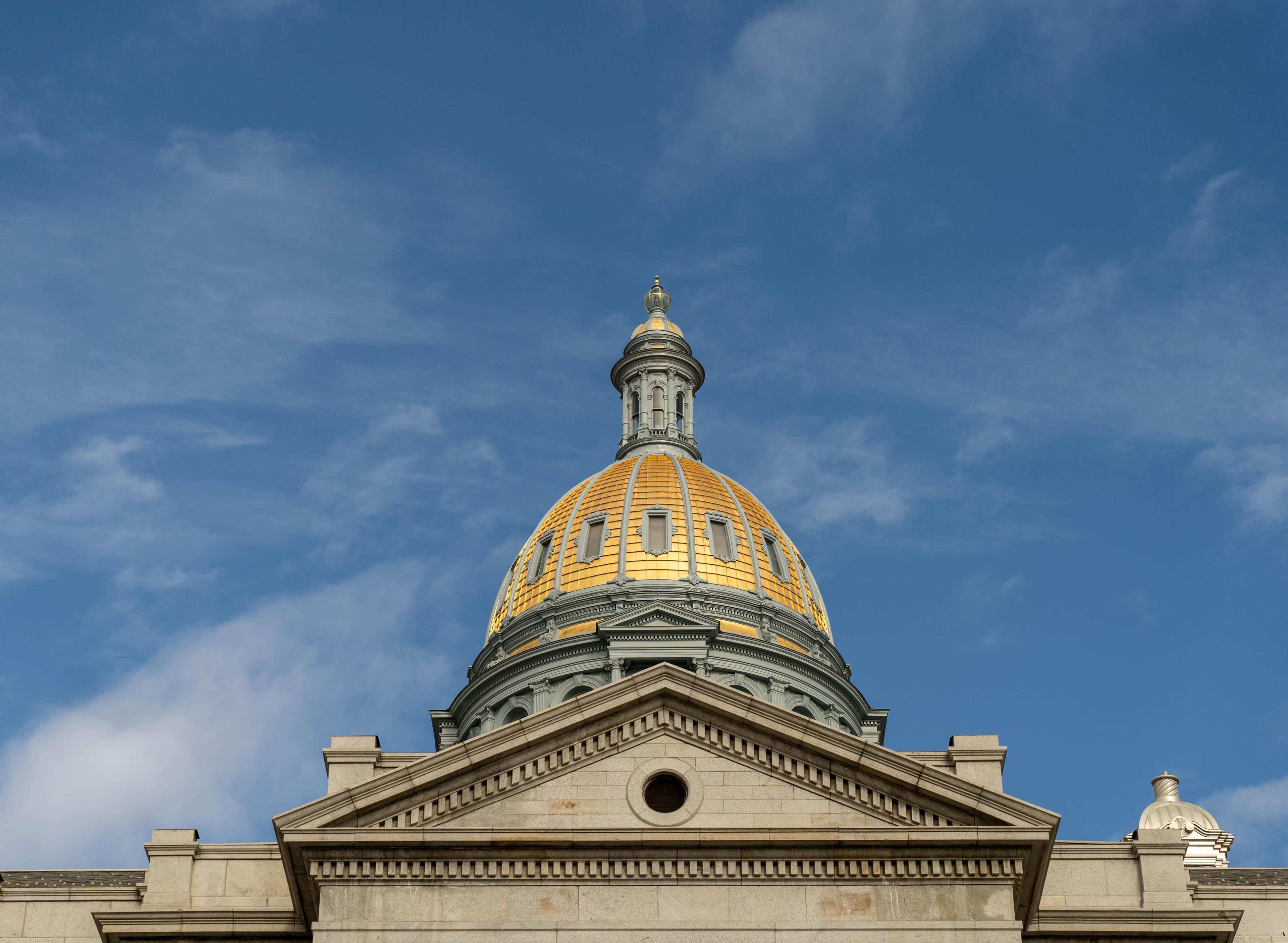

Tri-State Generation and Transmission Association says it will change how it sells power to rural utilities. At its annual meeting this week, Tri-State’s 43 member utilities voted to change subscription agreements.
The change comes at a time when members are looking to incorporate more wind and solar and keep prices low for customers. Right now there is only one class of Tri-State contract. Agreements cap the amount of locally generated power at 5 percent. That’s been frustrating to utilities like Brighton-based United Power Cooperative, which asked for the bylaw change.
“They like their renewables to be local so they can point at them and say, ‘That serves my house,’” CEO John Parker said. “I think that’s part of the reason why rooftop solar has taken off.”
Tri-State has been under scrutiny by some of its members for its reliance on coal-fired power.
In 2018, Delta Montrose Rural Electric asked state utility regulators to help craft an exit plan from Tri-State so it can generate more of its own power through renewable solar sources.
For its part, Tri-State says about 30 percent of its power comes from renewable sources. In February it announced plans to purchase 104 megawatts from a soon-to-be-built wind farm in eastern Colorado.
The technical rule change is just the first step. Now Tri-State now intends to draft different types of contracts that will ultimately require board approval.
“Our utility business is changing,” Tri-State Spokesperson Lee Boughey said. “We have to look at how we can be flexible, and meet the changing need of our members.”








